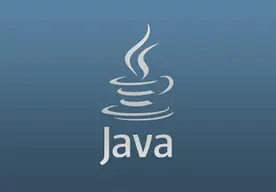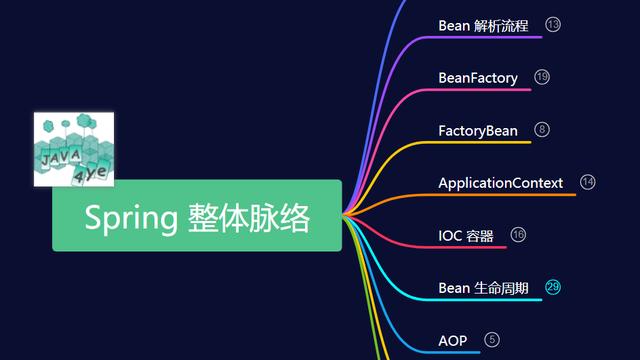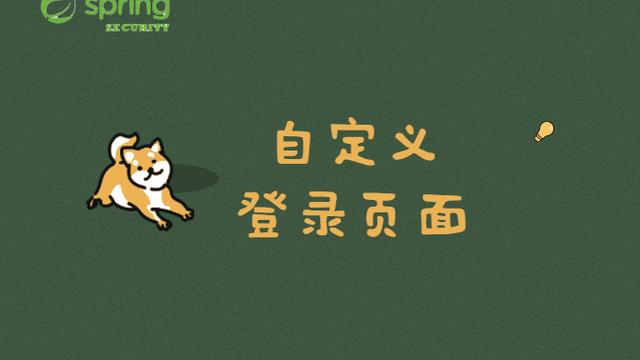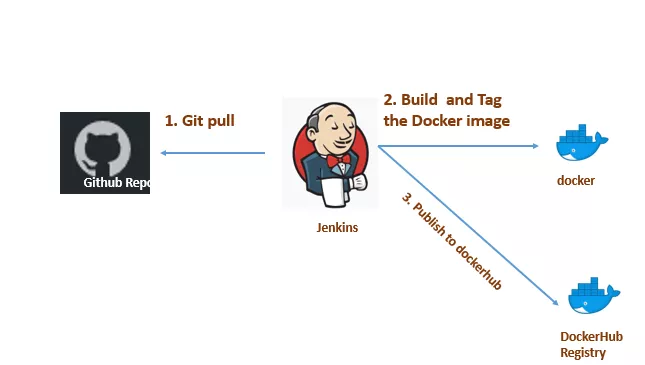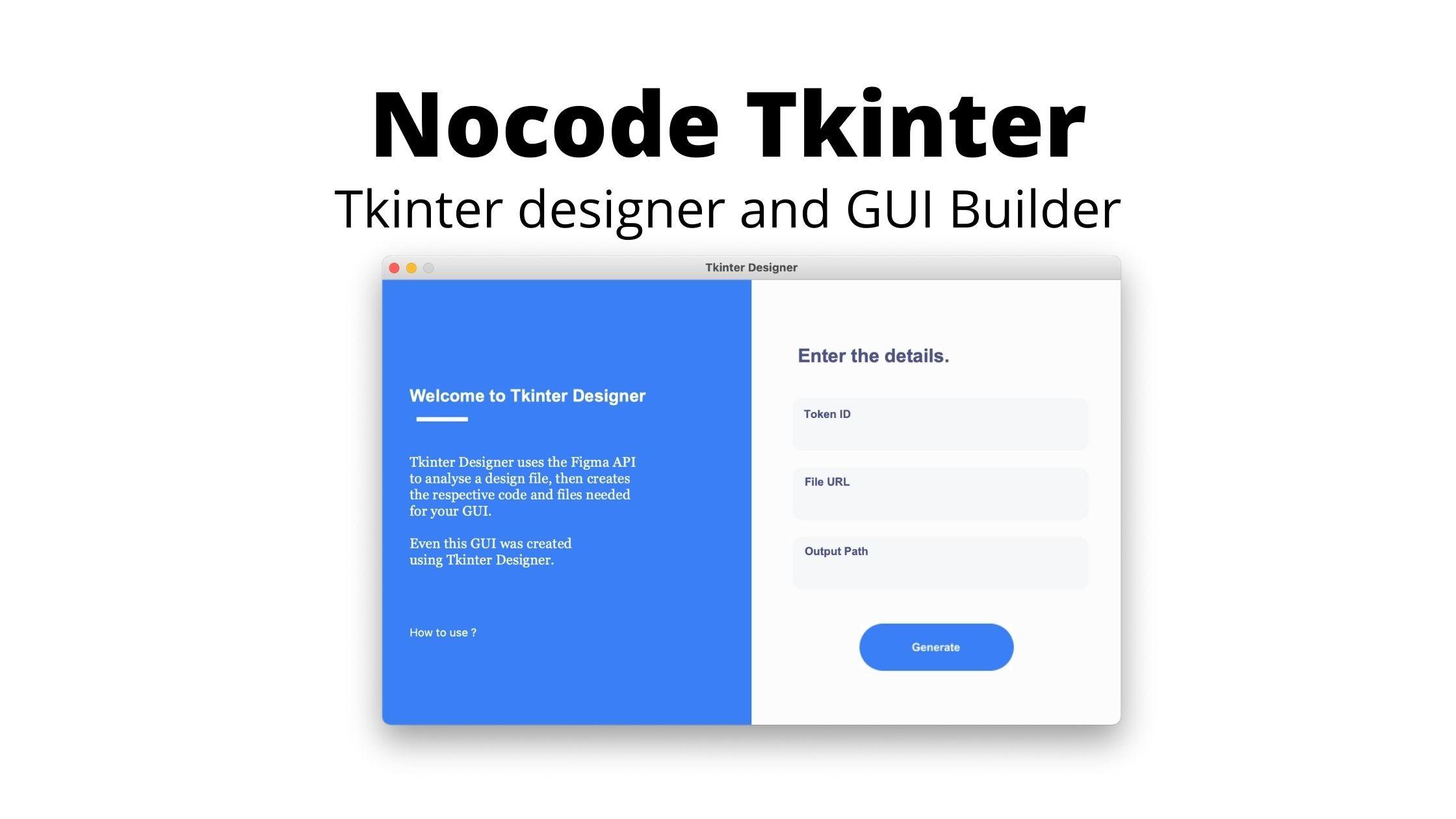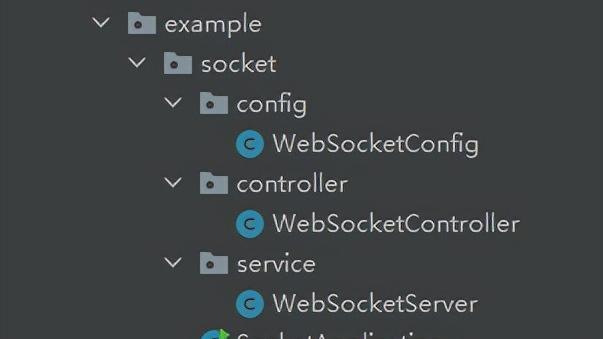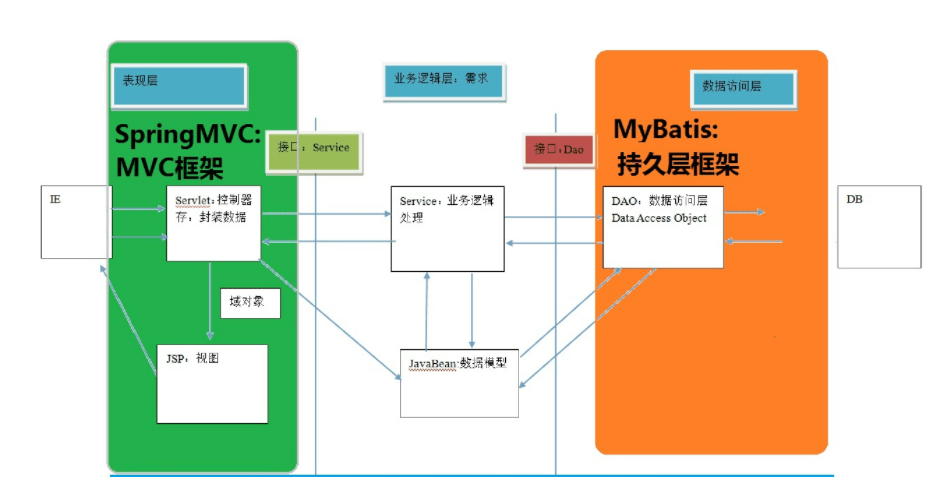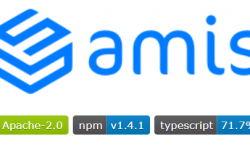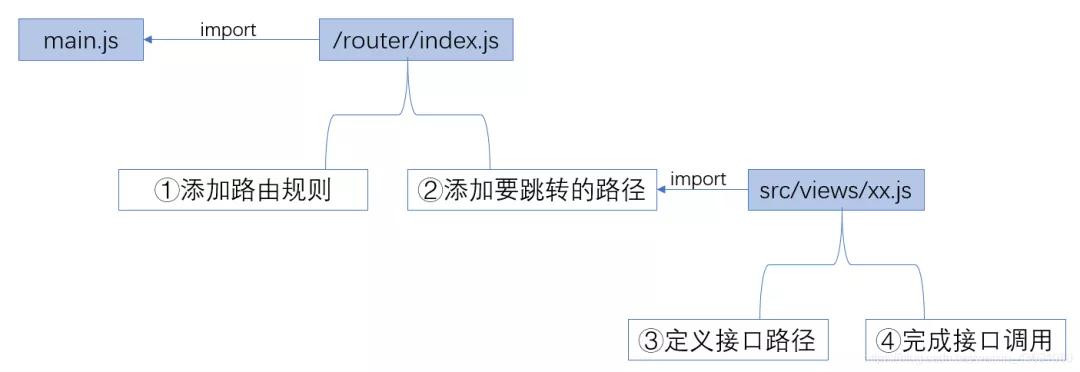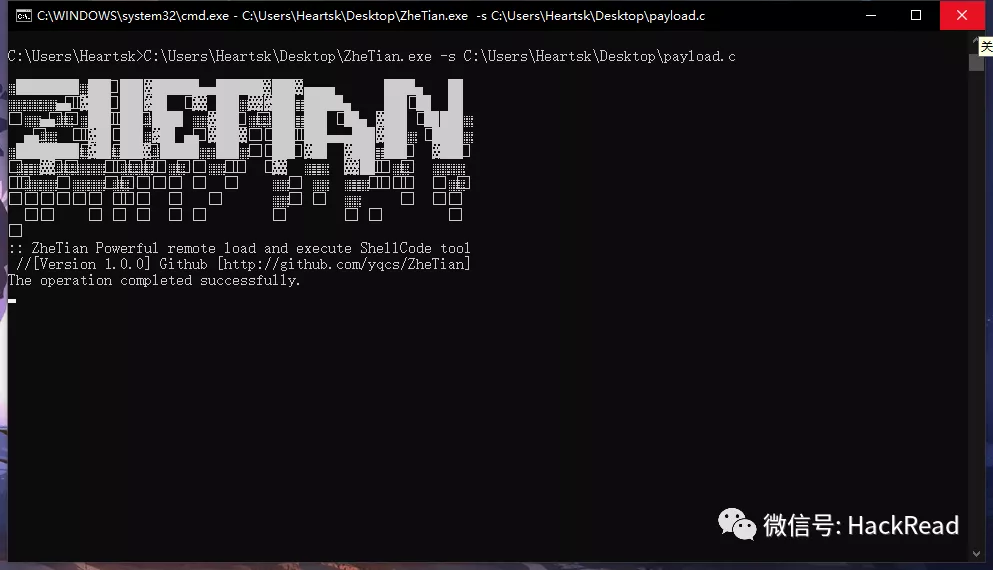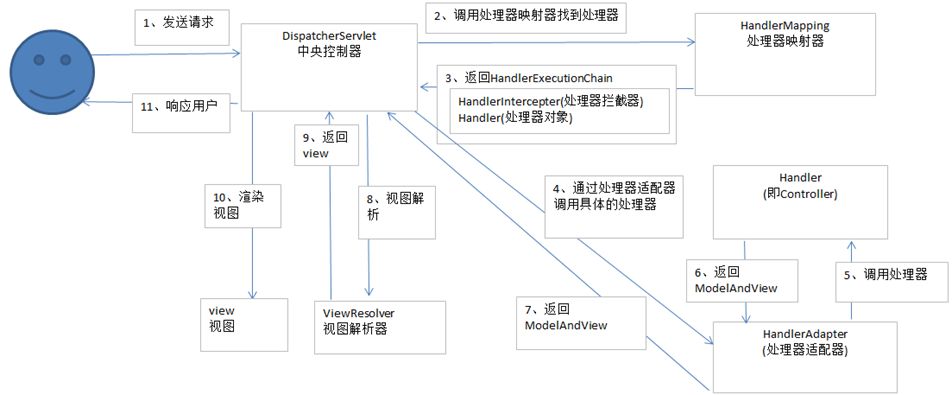深入浅出Spring/SpringBoot 事件监听机制

监听器模型
说明
事件监听机制可以理解为是一种观察者模式,有数据发布者(事件源)和数据接受者(监听器);
在JAVA中,事件对象都是继承java.util.EventObject对象,事件监听器都是java.util.EventListener实例;
EventObject对象不提供默认构造器,需要外部传递source参数,即用于记录并跟踪事件的来源;
Spring事件
Spring事件对象为ApplicationEvent,继承EventObject,源码如下:
public abstract class ApplicationEvent extends EventObject {
/**
* Create a new ApplicationEvent.
* @param source the object on which the event initially occurred (never {@code null})
*/
public ApplicationEvent(Object source) {
super(source);
this.timestamp = System.currentTimeMillis();
}
}
Spring事件监听器为ApplicationListener,继承EventListener, 源码如下:
public interface ApplicationListener<E extends ApplicationEvent> extends EventListener {
void onApplicationEvent(E var1);
}
实现Spring事件监听有两种方式:
- 面向接口编程,实现ApplicationListener接口;
- 基于注解驱动,@EventListener(Spring自定义的注解);
实例:
- 面向接口编程,实现ApplicationListener接口:
自定义事件对象:
public class MyApplicationEvent extends ApplicationEvent {
public MyApplicationEvent(Object source) {
super(source);
}
}
自定义事件监听器:
public class MyApplicationListener implements ApplicationListener<MyApplicationEvent> {
@Override
public void onApplicationEvent(MyApplicationEvent event) {
System.out.println("收到事件:" + event);
}
}
启动服务并发布事件:
public class ApplicationEventBootstrap {
public static void main(String[] args) {
AnnotationConfigApplicationContext context =
new AnnotationConfigApplicationContext();
// 注册自定义事件监听器
context.addApplicationListener(new MyApplicationListener());
// 启动上下文
context.refresh();
// 发布事件,事件源为Context
context.publishEvent(new MyApplicationEvent(context));
// 结束
context.close();
}
}
运行结果:
收到事件:com.xx.MyApplicationEvent[source=org.springframework.context.annotation.AnnotationConfigApplicationContext@cb0ed20, started on Sat May 16 16:32:04 CST 2020]
- 使用注解 @EventListener实现Spring事件监听:
@Component
public class MyApplicationListener2 {
@EventListener(MyApplicationEvent.class)
public void onEvent(MyApplicationEvent event) {
System.out.println("收到事件:" + event);
}
}
启动并发布事件:
public class ApplicationEventBootstrap {
public static void main(String[] args) {
AnnotationConfigApplicationContext context =
new AnnotationConfigApplicationContext();
// 注册自定义事件监听器
context.register(MyApplicationListener2.class);
// 启动上下文
context.refresh();
// 发布事件,事件源为Context
context.publishEvent(new MyApplicationEvent(context));
// 结束
context.close();
}
}
运行结果:
收到事件:com.xx.MyApplicationEvent[source=org.springframework.context.annotation.AnnotationConfigApplicationContext@cb0ed20, started on Sat May 16 16:32:04 CST 2020]
通过实例可以看出,上面两种方式都可正常发布和接收事件。
实现原理
通过上面实例可以看出,context 可以发布事件,那底层是怎么发布的,让我们继续看源码:
public abstract class AbstractApplicationContext extends DefaultResourceLoader
implements ConfigurableApplicationContext {
protected void publishEvent(Object event, @Nullable ResolvableType eventType) {
...
getApplicationEventMulticaster().multicastEvent(applicationEvent, eventType);
...
}
}
通过源码我们可以看出,事件应该是通过
ApplicationEventMulticaster发布的,我们继续看:
public class SimpleApplicationEventMulticaster extends AbstractApplicationEventMulticaster
Spring 中事件发布都是通过
SimpleApplicationEventMulticaster来实现的
public void multicastEvent(final ApplicationEvent event, @Nullable ResolvableType eventType) {
ResolvableType type = (eventType != null ? eventType : resolveDefaultEventType(event));
for (final ApplicationListener<?> listener : getApplicationListeners(event, type)) {
Executor executor = getTaskExecutor();
if (executor != null) {
// 异步
executor.execute(() -> invokeListener(listener, event));
}
else {
invokeListener(listener, event);
}
}
}
可以看出,如果设置了Executor则异步发送,否则同步;而且可以看出通过 resolveDefaultEventType(event) 对发布的事件类型进行了校验,这就是为什么我们可以直接使用泛型来指定我们想接收的事件对象, 比如上面的 ApplicationListener<MyApplicationEvent>。
private void doInvokeListener(ApplicationListener listener, ApplicationEvent event) {
try {
listener.onApplicationEvent(event);
最后就使用对应的ApplicationListener进行接收和处理就行了,那么ApplicationListener是什么时候注册的呢?
如何添加ApplicationListener?
- 直接添加,使用content.addApplicationListener(上面实例中有使用);
- 将自定义的ApplicationListener注册为一个Bean,Spring再初始化Bean之后会添加,具体代码在ApplicationListenerDetector#postProcessAfterInitialization,判断一个Bean如果是ApplicationListener,则也是使用context.addApplicationListener添加;
- 使用注解@EventListener,在初始化Bean之后,会在EventListenerMethodProcessor中进行处理和添加;
第三种实现的源码如下(
EventListenerMethodProcessor中):
private void processBean(final String beanName, final Class<?> targetType) {
....
// 获取public 且有@EventListener的方法
AnnotatedElementUtils.findMergedAnnotation(method, EventListener.class));
...
ApplicationListener<?> applicationListener = factory.createApplicationListener(beanName, targetType, methodToUse);
// 添加监听器
context.addApplicationListener(applicationListener);
}
Spring内建事件
- ContextRefreshedEvent: Spring应用上下文就绪事件;
- ContextStartedEvent: Spring应用上下文启动事件;
- ContextStopedEvent: Spring应用上下文停止事件;
- ContextClosedEvent: Spring应用上下文关闭事件;
Spring Boot事件
Spring Boot事件是在Spring事件基础上进行的封装
public abstract class SpringApplicationEvent extends ApplicationEvent
事件对象改为SpringApplicationEvent,事件源为SpringApplication(Spring事件源为Context);
底层发布事件还是使用
SimpleApplicationEventMulticaster 对象,不过有点需要说明的是,Spring Boot 1.4开始,SpringApplication和ApplicationContext使用的都是
SimpleApplicationEventMulticaster实例,但是两者属于不同的对象(1.0 ~ 1.3版本是同一个对象);
事件回顾:
public class EventBootstrap {
public static void main(String[] args) {
new SpringApplicationBuilder(Object.class)
.listeners(event -> {
System.out.println("事件对象:"
+ event.getClass().getSimpleName()
+ " ,事件源:" + event.getSource().getClass().getSimpleName());
})
.web(WebApplicationType.NONE)
.run(args)
.close();
}
}
运行结果:
事件对象:ApplicationContextInitializedEvent ,事件源:SpringApplication
事件对象:ApplicationPreparedEvent ,事件源:SpringApplication
事件对象:ContextRefreshedEvent ,事件源:AnnotationConfigApplicationContext
事件对象:ApplicationStartedEvent ,事件源:SpringApplication
事件对象:ApplicationReadyEvent ,事件源:SpringApplication
事件对象:ContextClosedEvent ,事件源:AnnotationConfigApplicationContext
从结果可以看出,事件对象类型和事件源,以及事件发布顺序。
